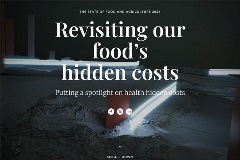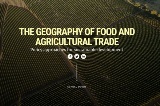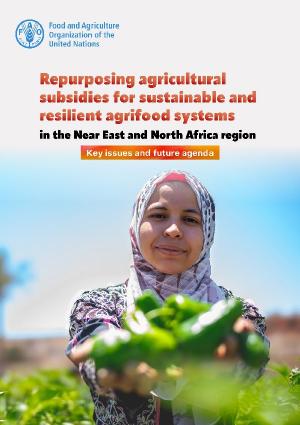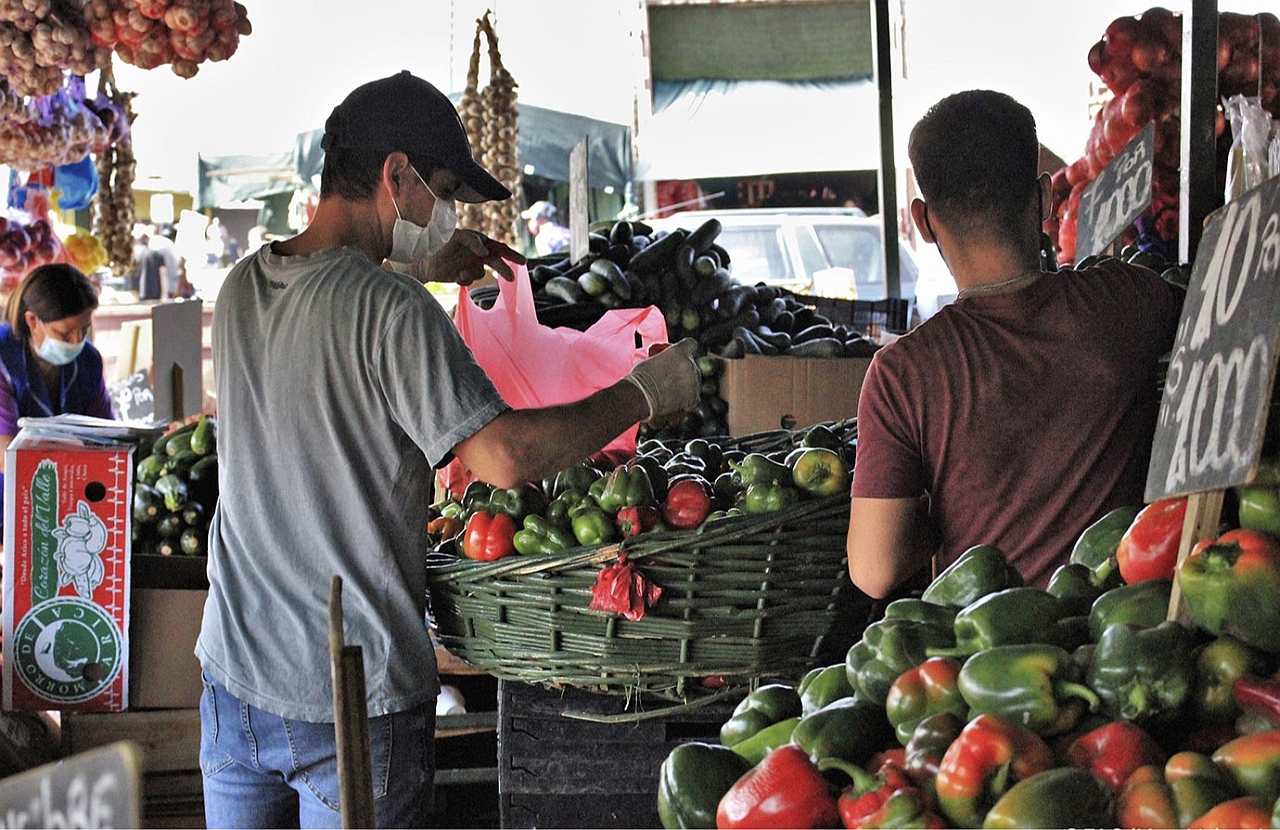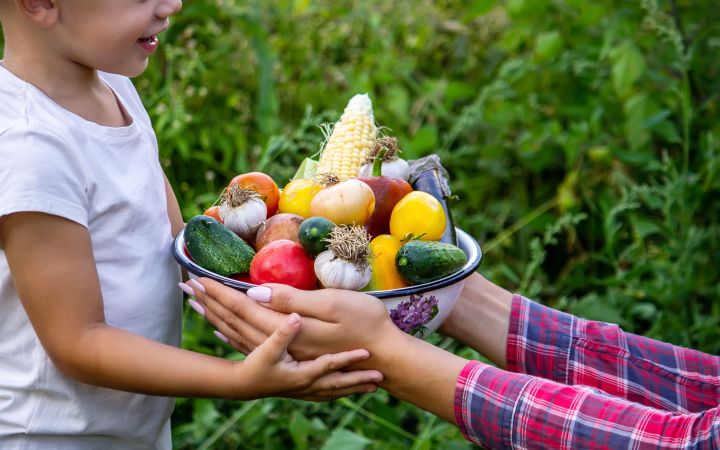Transparent markets and trade
In the Near East and North Africa (NENA) region, ensuring food security and nutrition requires well-functioning, transparent, and inclusive markets that support the transformation of agri-food systems. Under FAO’s 'Food security and healthy diets for all', Regional Priority 2 Programme, efforts are directed to strengthen the role of trade as a key enabler of sustainable, climate-sensitive, and nutrition-responsive food systems.
The role of agricultural trade in food security
Agricultural trade is essential for ensuring that food is available, affordable, and accessible. It allows countries to complement their domestic production with imports and access a diverse range of food products that cater to the nutritional needs of their populations.
Effective trade policies must ensure food availability while also protecting the interests of local producers and consumers. This means reducing unnecessary trade barriers, expanding market access, and shaping trade policies that promote climate resilience and sustainability.
FAO’s work
Heavily dependent on imported foods and food fertilizers, agricultural trade is of particular significance among NENA countries where, FAO focuses on supporting public and private stakeholders and enabling the environment to leverage markets and trade for improved food availability, accessibility, and affordability. Key interventions include:
- Mainstreaming trade in agri-food policies to drive food system transformation and enhance access to nutritious diets.
- Enhancing intra-regional food trade by harmonizing trade facilitation measures and regulatory frameworks to improve market integration.
- Improving the functioning of regional and national markets to strengthen food supply chains and ensure stable access to healthy diets.
- Identifying investment opportunities and challenges to accelerate the transformation of agri-food systems in the region.
- Developing institutional and market capacities to harness trade for climate-sensitive and nutrition-oriented food systems.



